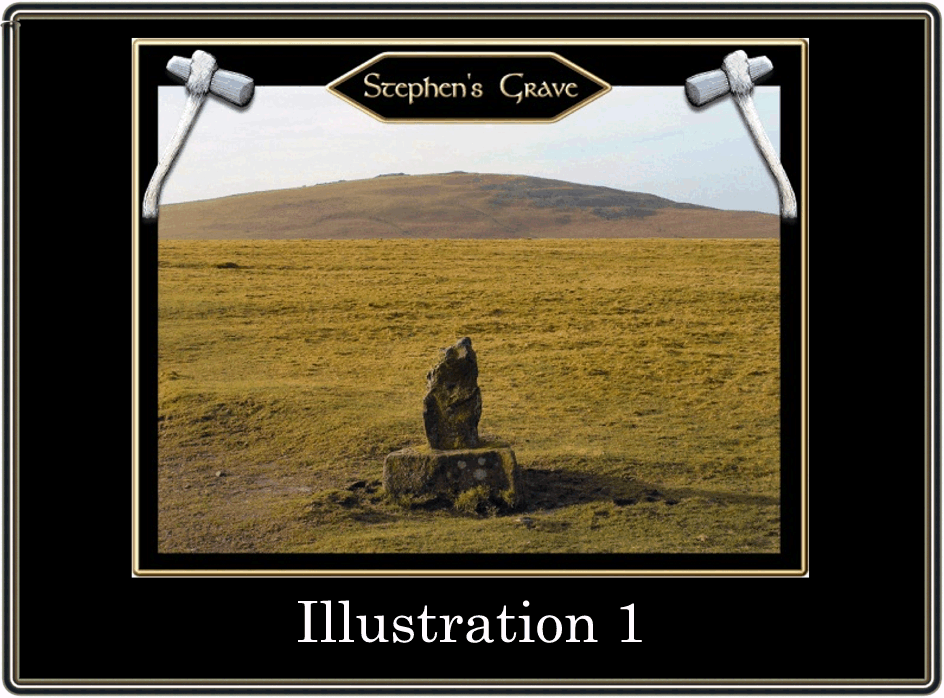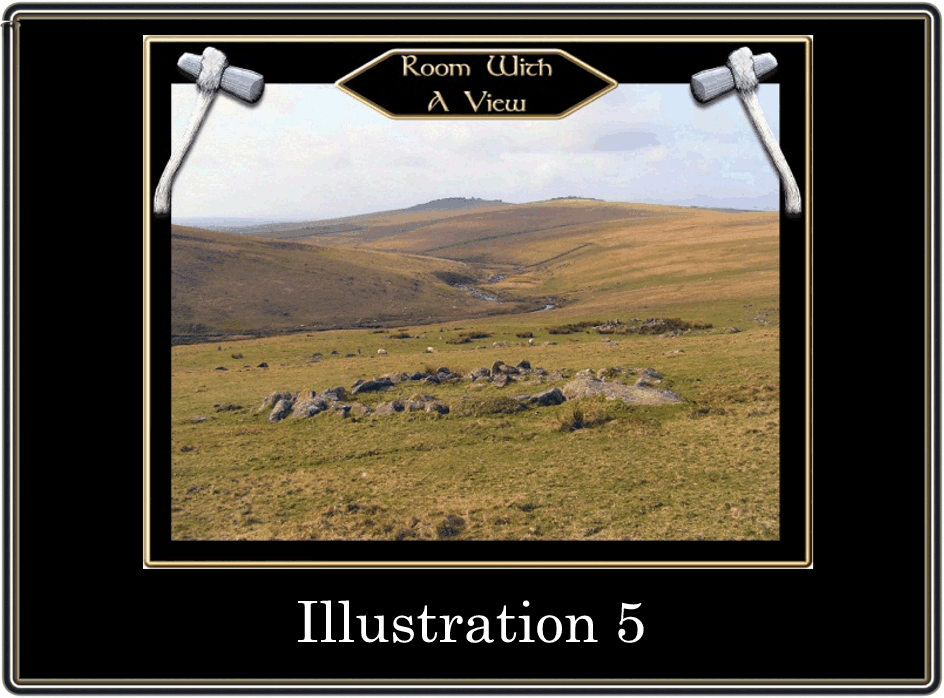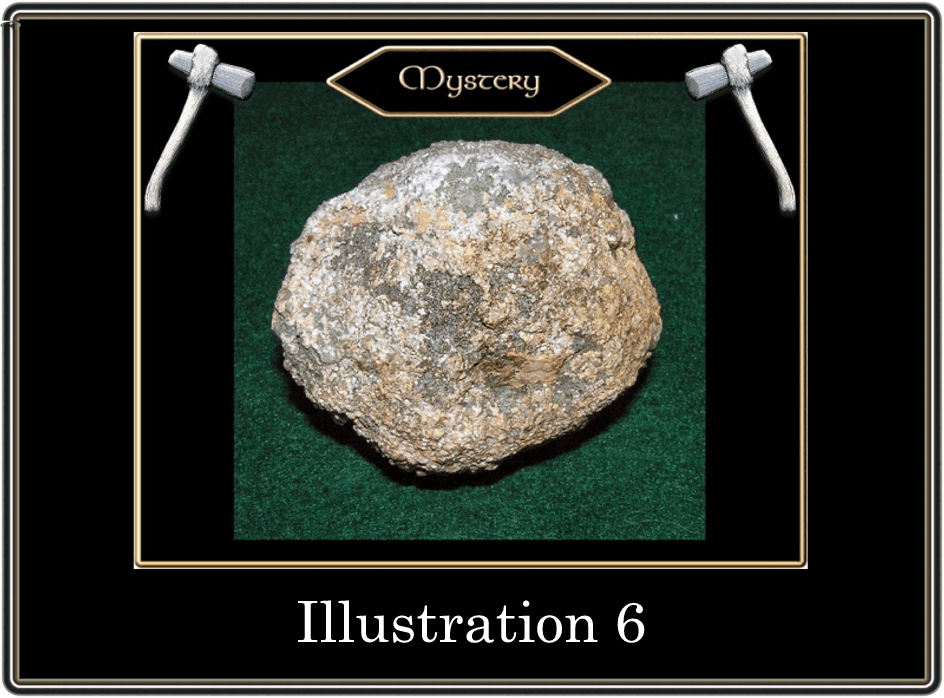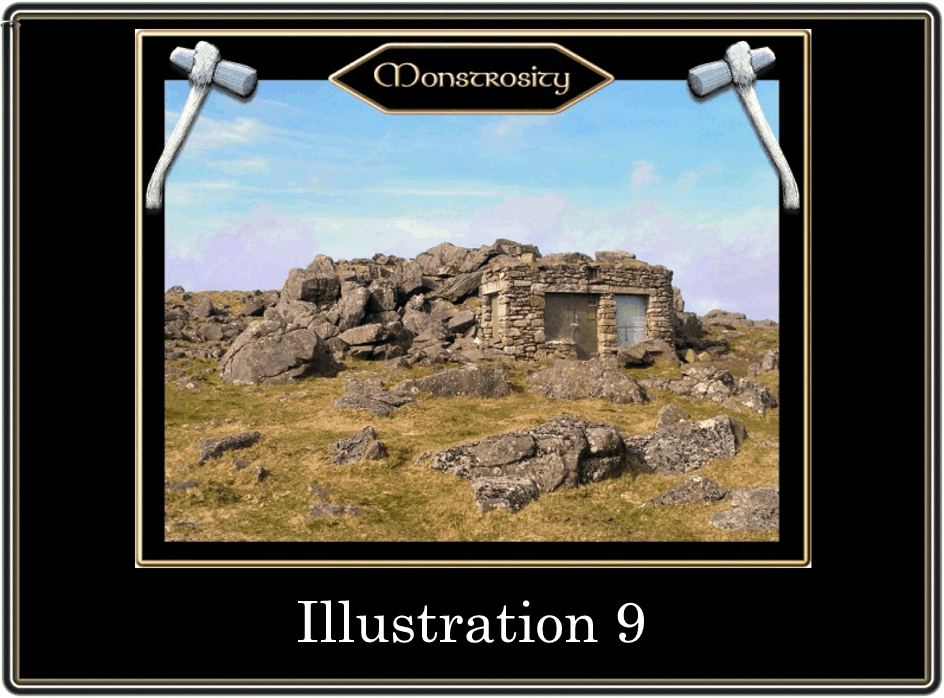
This little Xcursion was due to a Westcountry phenomenon called ‘drectly’, which means if something has to be done and it’s done drectly then it’s put off to the very, very last moment at the earliest. At university it’s assignment time and one of them is to give two 45 minute presentations on historical landscapes, one which is set and the other down to ones personal choice. So, with two days to prepare it was a frantic dash up to Langstone Moor with the wife and Zeb in tow. Luckily the weather, although a trifle draughty, was dry and sunny(ish) which meant I could get the photos I needed.
It must have been about 6 years since my last visit and a lot of memory cells have been alcoholised since then which is why the car was parked by the cattle grid at the bottom of Smeardon Lane. It was whilst booting up that we met the Peter Tavy pack of hounds, or to be more exact 8 waifs and strays of all breeds and sizes who were out for their morning exercise. Eight loose dogs and Zeb on the lead is not a good combination, add to that my brand spanking new, three week old car with the doors open and you have – grief. This came in the form of a ratty little mutt, caked in SH1T who decided the quickest way to Zeb was via the back seat, over into the front and out again. Every step of its journey was marked in muck across the crisp interior of the vehicle. But it was okay, because as the whipper-in pointed out they were all rescue dogs, yeah, it was a good job they were ‘rescued’ once again out of boot reach – not a good start.
After trundling up the hill for about a third of a mile we strolled past the small quarry that is the official carpark, I won’t say Angela gave me a black look but it was certainly a very dark grey, well six years is a long time. So, the intention was to visit the menhir and stone row and then go down to the stone circle and its nearby settlement. Then bimble back up to White Tor, return to the car and drive like hell in order to get back to watch the England/France rugby match – a busy day – illustration 1.
Once the track entered the moor the wide expanses began to open out and free the soul, the skylarks were singing high in the spring sky and all was well with the world. That was until we reached the sad granite cone which is Stephen’s Grave, after relating the tragic story there seemed to be a little less moorland exhilaration to the walk. Since putting the story on this site I have never been happy with the photo so this was the ideal opportunity to get a better one – illustration 1. The northern back-drop to the grave are the dark bastions of White Tor which seems a contradiction considering it’s name. Briefly, this tor was once thought to have been an Iron Age hillfort but modern thinking now classifies it as a Neolithic tor enclosure dating back some 5,000 years – illustration 2.
After passing the tor the first place of pilgrimage begins to peep its head over the track in the form of the menhir known locally as the Langstone – illustration 3. This is the seventh tallest of the Dartmoor menhirs at an altitude of 434m is the third highest and has given its name to the moor – Langstone Moor. About 3,000 years ago this menhir stood proudly surveying the moorland landscape and then fell down. In 1893 the Dartmoor Exploration Committee came along and re-erected it in the hope that it would stand for another 3,000 years. Then in the second world war along come the Americans who decided it would make an ideal target for their training exercises, and to this day the menhir still bears the scars. It stands at the southern end of a rather pathetic stone row which consists of 27 visible stones in a single alignment 5º east of north. All around this part of the moor are old shell holes that have been turned into small pools and judging by the huge, sago-like clumps of spawn laying around will be the home to this years batch of toads. Now working on the theory that if the dog has an empty stomach he can’t puke all over the car meant that Zeb hadn’t eaten for 12 hours. This probably was the reason that he kept lunging at the spawn so although it may be nutritious we decided to stop for a coffee and let him have his normal food for which he was suitably ungrateful. From the menhir it was a surprisingly dry walk across to the stone circle which stands on a knoll above the river Walkham. This prehistoric feature was another candidate for the American troops to use for a target as some of the shattered stones testify. It truely is amazing that nobody at the time created merry hell, imagine what would happen if it happened today? But then again I suppose considering the Bush/Blair relationship we would congratulate them for their accuracy and be thankful it was some slabs of granite and not our troops. Once again this circle was the subject of restoration by the Dartmoor Exploration Committee in 1894 when there were 16 stones standing, today there are 10 – illustration 4.
From the circle it was just a short amble down to one of the old Bronze Age settlements that abound on this part of Dartmoor. There were several fine examples of hut circles and I couldn’t help envying the people that lived in them. The view down the Walkham valley is amazing – illustration 5, and it must have been a joy to wake up every morning to such a landscape. Whilst rooting amongst the various peat banks around the settlement I found in-situ and stratified a perfectly rounded piece of stone. It fits exactly into the palm with patches of green copper showing through and is studded with small quartz crystals. There was no similar such rock to be seen anywhere in the area and to me seemed ‘artificial’….illustration 6, could this have been used as some kind of quern stone? The only problem with that is that none of the surfaces have been worn smooth so I have no idea what it is/was. Whilst at the settlement a farmer was driving his sheep back into the moor with the help of 5 dogs and a quad. If ever you need proof of how stupid sheep are look no further than watching them being driven, talk about following like lambs. Probably the best way of illustrating this is by looking at illustration 7.
It also appeared that Bronze Age man was not the only being to have decided to settle in this idyllic spot because just above the top huts is now a badgers sett – illustration 8. Zeb thought he had landed in doggy heaven as the debris that had been ejected from the various holes was littered with bones of all shapes an sizes. Judging by their appearance they were the remains a couple of dead baby badgers, regardless of what they came from the dog was not going to give them up. It always amazes me the power canines have in their mouths when they refuse to open them, it took all my strength to prize Zeb’s jaws open.
From the settlement it was a gentle stroll via an obvious letterbox back over to White Tor and the chaos of the Neolithic enclosure. English Heritage have surveyed the tor and I bet they had fun making sense of all the rocks, walls and cairns that litter the surface. There are some superb 360º panoramic views to be had from White Tor which stretch across to Brentor and up Tavy Cleave in fact they were so good we decided to have lunch there. By this time a few people had begun to venture forth and after several hours of complete solitude the moor was now getting busy. Now I know there is fairly good evidence for the benefits of using two walking poles and my knees are beginning to show what happens if you don’t, but… what a way to look an absolute prat. As we dined on our rolls I watched a group coming up the hillside, or rather skiing up the hillside with their walking poles, how ridiculous. I will always advocate carrying A walking stick for many reasons but saving ones knees is not one of them and using two must be a complete embuggerance. Firstly both hands are taken up in holding the things, secondly it must be tiring on the arms and thirdly they must be a nightmare to use in thick vegetation such as bracken. I have just looked on Google and have seen to my amazement that you can spend anything from £20 to £99.99p on a pair. I have one stick that has served me for many years over many miles and it cost £0. Our hedgerows are crammed with excellent poles of every shape and size and I am sure the odd one wouldn’t be missed. Mine is a rowan pole and after cutting it was left to dry for a year and has ever since proven to be a trusty companion, yeah, I’m on my soapbox now. Why waste good money on something that with a bit of effort costs nothing? I will stop now as there will soon be a page on walking sticks. Where was I? yes White Tor, whilst I am grizzling I will come on to the military. As mentioned, White Tor is a Neolithic feature, it has been suggested that there are only four examples of a tor enclosure on Dartmoor, White Tor, Hound Tor, Doe Tor and the Dewerstone so it could be said they are rare occurrences. When visiting such sites it is nice to try and imagine what they would have looked like and attempt to reach the genius loci of the place. And so what happens? a sodding great white flagpole and the monstrosity shown in illustration 9 is what happens. I can understand the need for the lookout posts and have no problem with them on your common and garden tor but on the end of a 6,000 year old feature – I don’t think so.
Having eaten lunch or rather having Zeb eaten most of our lunch it was time to yomp back to the car in order to get back to see the rugby match and with hindsight I am very glad we did – England on the ascendancy once again and all without the ‘legendary’ boot of Mr Wilkinson. Finally, I never noticed it on the way up but the orange lichen (?) on the wall below the proper parking space was a picture. At first it seemed to be rust or iron stain that had come from the fence along the top of the wall but the we found it where there was no fence so it must be living – illustration 10. Oh, by the way, the other part of the university assignment was a 2,500 word essay on the presentation and so to kill two birds with one stone I will post it on a separate page.
 Legendary Dartmoor The many aspects past and present of Dartmoor
Legendary Dartmoor The many aspects past and present of Dartmoor













Fantastic article. However I must disagree with the walking poles comment. I was up until about two years ago most puzzled when I watched these hikers walking about with these poles and did think how ridiculous they looked. That was until I went on a three night wild camp with a mate of mine. He took his walking poles and endured hours of ridicule from myself. That was until we came to crossing several streams, which I’d previously negotiated without poles. This time the weather was cold and there was lots of ice on the rocks. I noticed how he was leaping across these streams with ease, whilst I was struggling somewhat with my backpack putting me off balance. After constantly borrowing my friends poles (much to his glee) I have now purchased a set myself. On several recent solo wild camps and long walks, I have to admit they’ve saved me several booties in rivers, trips and falls. and I’ve also found that they are handy for placing my walking boots on upside down and off of the ground when settling down for the night. I am amazed all the same when I see people walking down the high street with them! 🙂